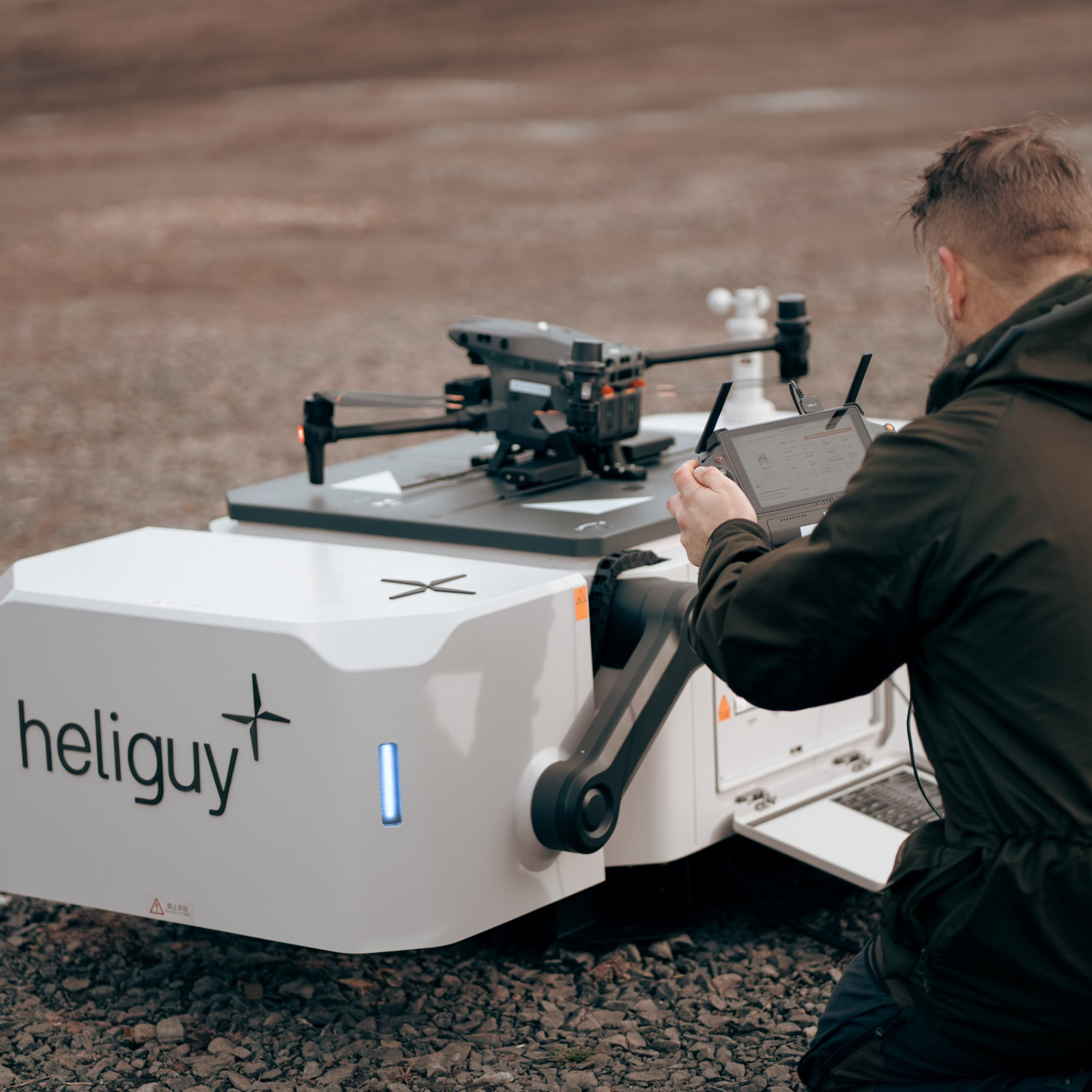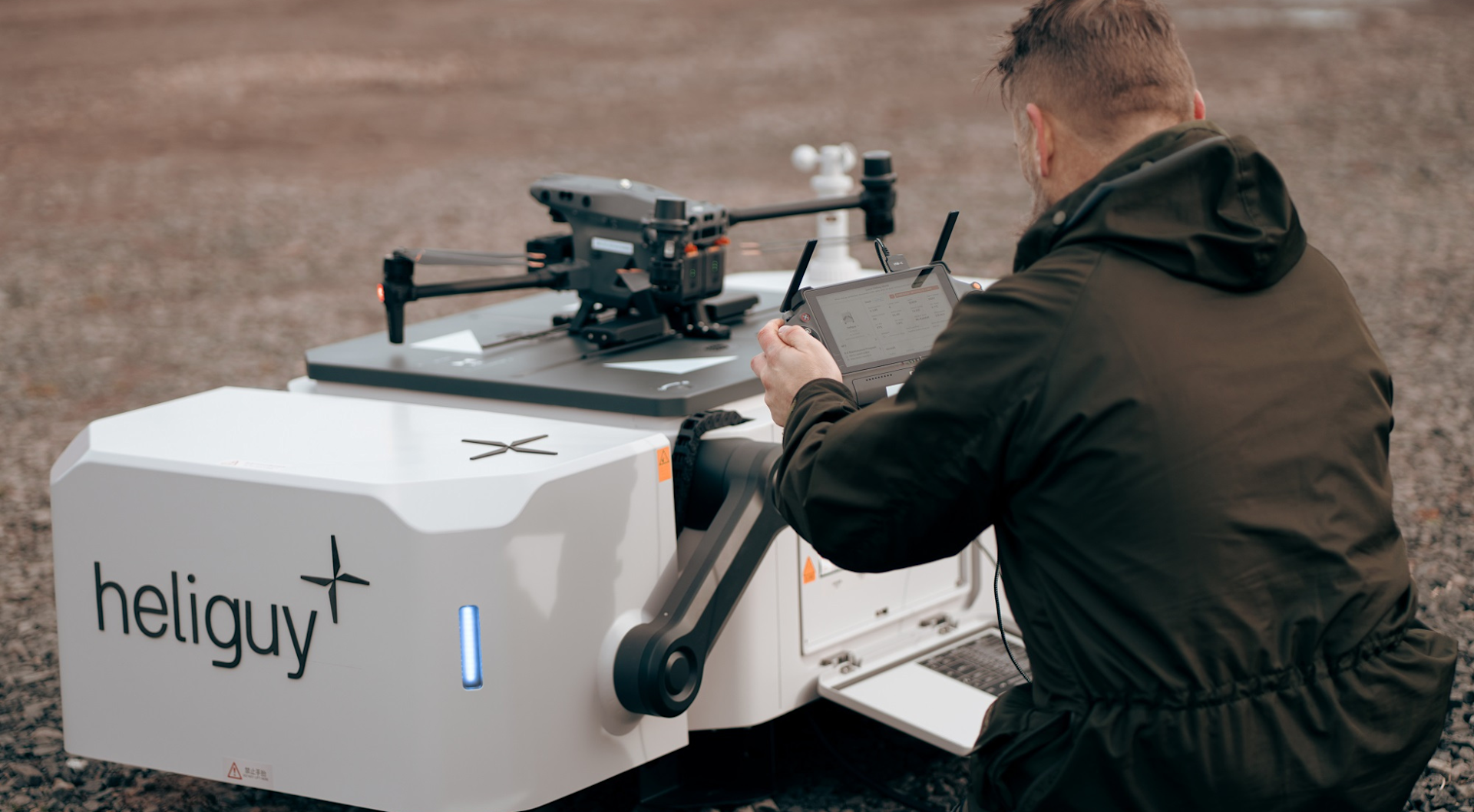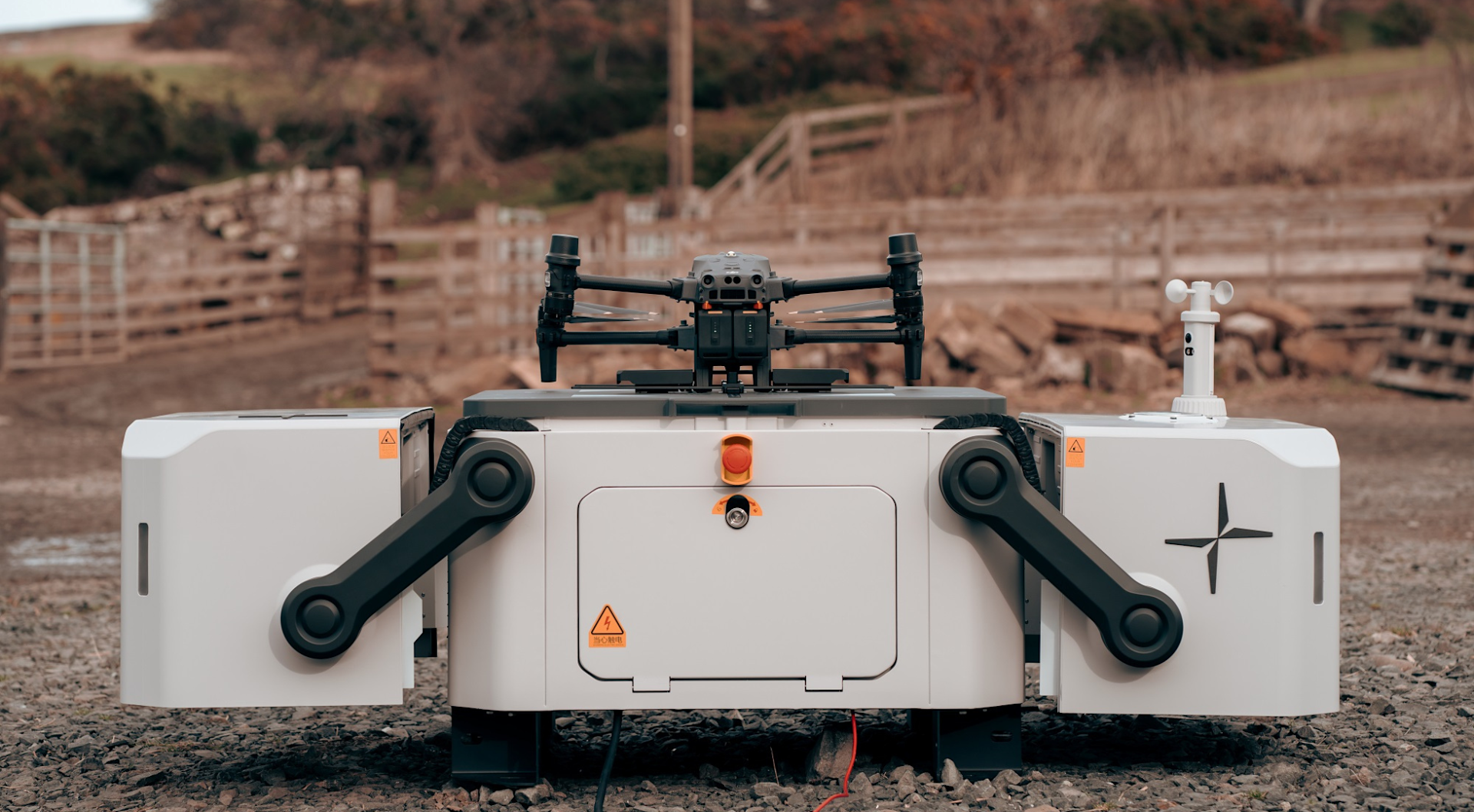
Training & Regulations
UK CAA Publishes Roadmap For BVLOS Drone Operations
The UK CAA has published a roadmap to transition BVLOS drone operations from segregated to non-segregated airspace.
UK CAA publishes its roadmap to transition BVLOS drone operations from segregated to non-segregated airspace;
The concept utilises specific types of airspace structures and highlights the importance of detect and avoid technology to evolve BVLOS operations;
CAA wants the concept to be trialled by appropriate industry stakeholders so that it may be refined and, in time, implemented as policy.
The CAA has published an updated roadmap, setting out how it plans to develop and standardise beyond visual line of sight (BVLOS) drone operations in UK airspace.
The document outlines the airspace structures that will help to safely enable the transition of BVLOS operations from segregated to non-segregated airspace, supported by TMZ (transponder mandatory zones).

It describes how the CAA proposes to integrate BVLOS operations and provide a means by which the concept can be trialled - with a view to validating the approach and adopting it as policy.
The roadmap includes exploring the use of an atypical air environment to sufficiently address the mid-air-collision risk when operating in non-segregated airspace, and enabling a regulatory landscape which supports the adoption of detect and avoid technologies.
It is an important strategy for moving towards the end goal of enabling integrated, unsegregated operations for all airspace users - and is particularly pertinent to operators of drone-in-a-box solutions, like the DJI Dock.

The document, published on April 14, 20023, is entitled CAP2533: Airspace Policy Concept - Airspace Requirements for the Integration of Beyond Visual Line of Sight (BVLOS) Unmanned Aircraft. Read the document in full, here.
BVLOS Operations In The UK: The Current Situation
Currently, drones flying BVLOS in UK class G 'uncontrolled' airspace need to be operated in segregated airspace through the use of Temporary Danger Areas (TDAs).
This is done for numerous reasons, including:
The small size of many drones make it highly unlikely that they will be seen by other aircraft in order to take avoiding action;
The technology is not mature or widespread to enable the drone to detect potential collisions and take action 'as will best avert collision'.
Some BVLOS flights have taken place within controlled airspace, with management arrangements being developed/managed on a case-by-case basis.

However, the CAA recognises that it is necessary for drones to operate routinely in the airspace system, without special permissions, and within unsegregated airspace, for BVLOS operations to reach their full potential.
Therefore, the CAA's April 14th publication presents an Airspace Policy Concept that describes a pathway forward to deliver this integration: Both addressing the challenges of operating BVLOS today, as well as providing a suitable roadmap that facilitates true integration in the future.
The Path Ahead: The UK CAA's BVLOS Airspace Policy Concept
The CAA's Airspace Policy Concept describes the airspace structures that will help to safely enable the transition of BVLOS operations from segregated to non-segregated airspace.
It is based on a staggered approach, based on phases known as:
Segregation
Accommodation
Integration
Atypical air environment (applicable to all phases)
The process of transition will depend upon multiple factors, such as the capability, performance, and intended task of the drone and the airspace operating environment.
The inclusion of detect and avoid systems (ground-based, air-based, or combination of both) play a key part in the evolution, with the CAA describing� this infrastructure as 'likely to be critical enabling technology'.
The table below sets out the proposed phases of BVLOS development:
Phase | Description | Airspace Structure |
Atypical air environment – applicable to all phases | Drone remains in a section of airspace where it can be anticipated that there will be an 'improbable encounter rate' with manned aircraft due to the proximity of certain ground infrastructure which would be hazardous for most traditional forms of aviation. Further work is required by the CAA to determine the specifics, but it is accepted in principle that the drone may not need to operate in segregated airspace when operating in this environment. | None required |
Segregation | Used by any BVLOS drone that is not capable of taking action that will 'best avert collision' and not operate in a way that ensures it does not come close to another aircraft to create a collision hazard. Essentially, this drone has no 'detect and avoid' capability. | Within UK controlled airspace: TSA (Temporary Segregated Areas) Within UK Class G airspace or controlled airspace over the high seas: Danger area (temporary or permanent) |
Accommodation | The BVLOS drone can 'detect and avoid' other aircraft but not necessarily operate within the accepted 'ruleset'. The drone may be integrated with other permitted airspace users within the TRA managed by the ANSP and supported by specific airspace management arrangements. It is expected that some form of DAA is present, enabling the drone to take action that will 'best avert collision' and stop it from coming close to another aircraft to create a collision hazard. Electronic conspicuity is likely to be an essential enabler. The DAA solution will depend on the operating environment. It could be an autonomous system onboard the drone; ground-based system transmitting to the drone or remote pilot; or with an ATS provider issuing information to the remote pilot who puts this into effect. | TRA (Temporary Reserved Area). Will normally be overlaid with a TMZ ( transponder mandatory zones) and/or a RMZ (radio mandatory zone) |
Integration | The drone is capable of operating in the same environment as other airspace users, without the need for additional requirements to be placed upon them to address their specific operating characteristics. The drone must be able to comply with, or demonstrate equivalence with, the applicable requirements. For example, the ability to establish and maintain two-way radiocommunications with an air traffic services provider using approved equipment with the appropriate licences. The ruleset for this phase is under development, in order to identify those requirements which are necessary and proportionate. | None required |
This concept, relating to UAS operations in the Specific and Certified in UK airspace, is based on technology available today, as well as working within the confines of the current ruleset.
It is designed to provide a solution to deliver BVLOS within these constraints and enable the concept to be trialled by appropriate industry stakeholders, but will be adapted as technology evolves and feedback is received.
As such, the airspace structures envisaged during the accommodation phase are not anticipated to be the end-state for the integration of BVLOS operations in unsegregated airspace.
Rather, they are initial, incremental steps on the path towards BVLOS operations in unsegregated airspace and will facilitate further trialling and testing through limited, managed integration, the CAA says.
In doing so, the concept utilises specific types of airspace structures to transition from segregated BVLOS operations, through the managed accommodation of a varied range of airspace operations, toward the ultimate objective of enabling integrated, unsegregated operations for all airspace users.
CAA BVLOS Concept: Summary
Integrating routine BVLOS operations in unsegregated airspace in the UK will be a huge enabler for the drone industry - especially valuable to operators who want to maximise the potential of the drone in a box revolution, for example.
There is still much work to be done, and many trials to be conducted, before this milestone is reached, but the CAA's BVLOS concept at least sets out a roadmap for this evolution.
As part of this, heliguy™ can support clients in preparing an Operating Safety Case (OSC) application to the CAA for BVLOS authorisation.
